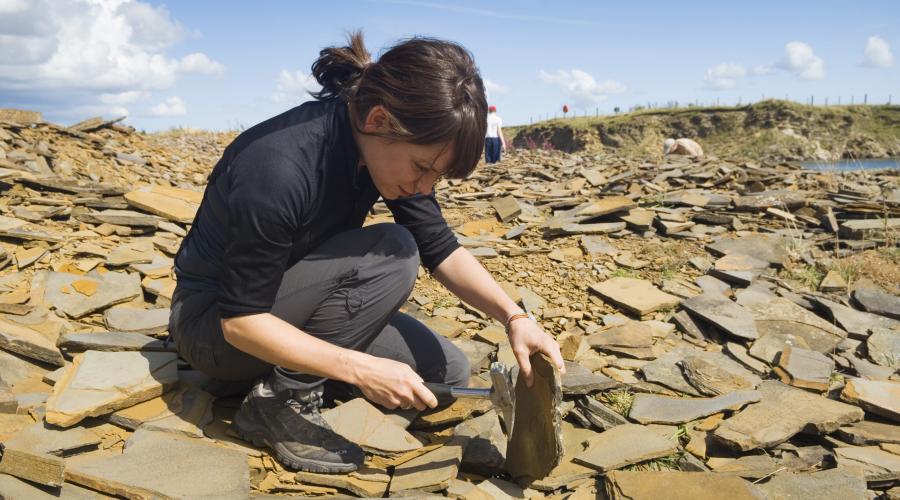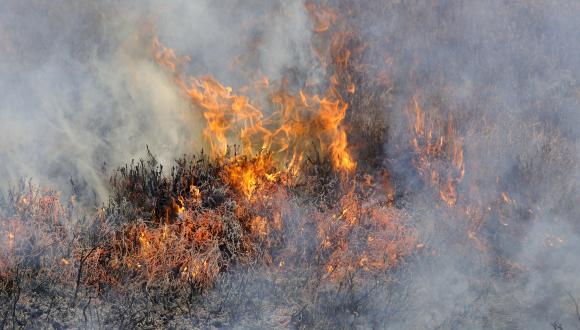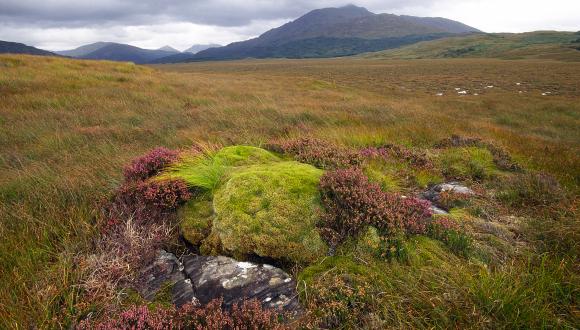
Learning from past climate change
Geodiversity helps us understand climate change and sea-level rise, enabling us to better deal with flooding, landslides and coastal erosion.
Learning from the past
Studying our geodiversity reveals how past environments responded to broadly comparable climate changes, most recently in the mid-Pliocene geological period, around 3 to 5 million years ago. At that time, CO2 levels and temperatures were comparable to those predicted for our climate in the near future, and sea levels were 25m higher.
Knowing more about the Earth’s past can help us to deal with climate change now and in the future. We can’t be certain exactly what will happen as the global climate changes. But we can make an informed guess as to what the most likely impacts might be.
The landscape is always adjusting to climate. The geological record reveals how past environments responded to broadly comparable climate changes. And the weather – especially extreme events – is important in forcing readjustment in the landscape.
Studying geodiversity also lets us better understand carbon dynamics in organic soils. This can help us to harness peat bogs for soil carbon management.
Find out more
Get an overview of the geology, soil and landscape impacts of climate change.
Learn about ecosystem responses to climate change and sea-level rise.
Find out about the importance of soil carbon management.
Learn about catchment management and sustainable flood management.







